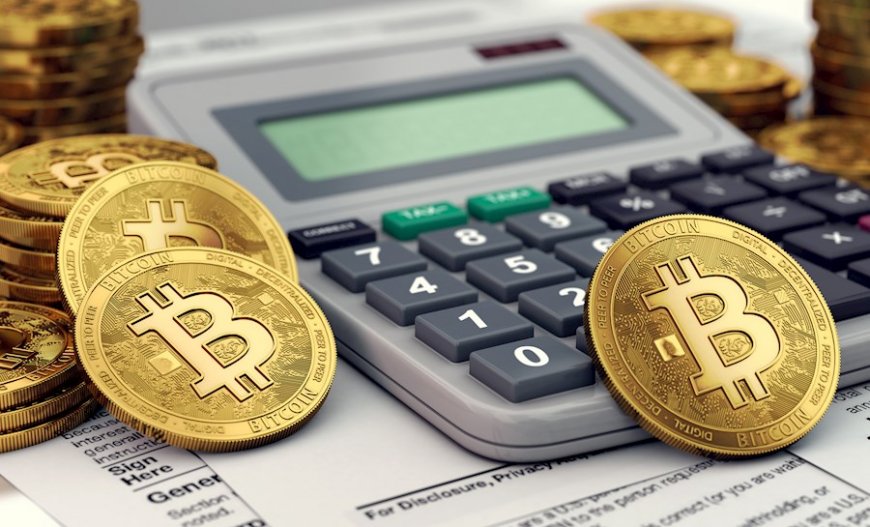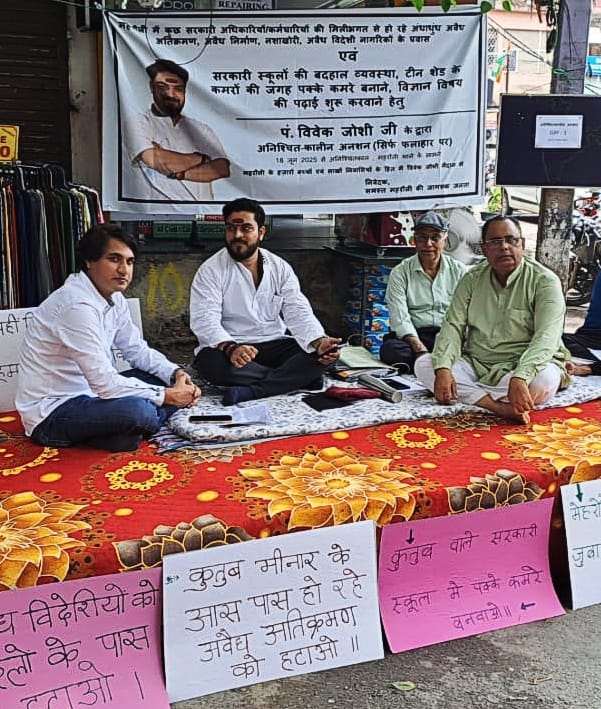Driving Innovation Underground: The Unintended Consequence of India’s Crypto Taxes

New Delhi : India’s move to tax the crypto economy was aimed at ushering in transparency and increasing government revenue. But what it actually did is drive a significant portion of the market underground. A 30% tax on profits and a 1% TDS on every virtual digital asset (VDA) transaction have been rolled out since July 2022 to deter speculation and include digital trading in the tax ambit. But these reforms appear to have effects that were both unforeseen and unfantasized. Instead of helping compliance, they have precipitated a migration of customers to P2P and offshore platforms—routes that are hard to monitor and all but impossible to regulate. Consequently, a great deal of India’s crypto business now resides outside the government’s control, dissolving tax earnings and diluting the local digital asset ecosystem.
The very nature of P2P transactions renders tax collection virtually unfeasible. Without a regulated intermediary, there’s no one to withhold the required TDS. Users deal directly with each other or through foreign platforms that are not within Indian jurisdiction. These sites don’t report transactions, don’t withhold taxes, and frequently don’t even know the names of their users. Consequently, the obligation to comply with taxation rests on individual traders—who do not possess the tools or the incentive to do so.
As soon as the TDS rule came into play, trading volumes on Indian platforms collapsed while offshore P2P exploded. Foreign exchanges were deluged by millions of users who bypassed the tax net altogether. One leading platform registered more than 450,000 Indian signups in one month alone. Between 3 and 5 million Indian users are said to now trade mostly on offshore platforms. A study of escrow-based INR trades on these sites discovered that more than ₹3.5 trillion in crypto was exchanged offshore in just one year since the introduction of the TDS policy. Fewer than 0.2% of such trades were taxed—a deplorable rate of capture that attests to complete enforcement breakdown.
This is more than just a tax collection problem. It’s a systemic change with broad-reaching consequences. Among the traders leaving for P2P platforms are India’s most active members—market makers and high-frequency traders who can ill afford to lose 1% on each trade. These customers power volume and liquidity. When they depart, economic activity leaves with them. Local exchanges have witnessed spreads increase, volumes decline, and user growth cease. Along the way, foreign sites reap the benefit of Indian action without paying a rupee in tax.
Indian officials have pushed back with steps such as blocking URLs of recalcitrant exchanges and subjecting VDAs to anti-money-laundering regulations. But these efforts have fallen short largely. Web traffic to blacklisted sites declined temporarily, then returned. Users quickly accommodated—via VPNs, mirror websites, or simply shifting to other offshore sites. The net of enforcement is leaky, and consumers are falling through. Further via P2P they are being subjected to illegal and malicious players, which leads to their accounts getting blocked and coming under legal trouble later on as well. The facts present a dismal scenario.
As per recent studies, more than ₹2.63 trillion worth of crypto was exchanged offshore by Indians during the period of December 2023 to October 2024 alone. Of the TDS which should have been collected on these transactions—over ₹26 billion, as estimated—nearly none of it was actually remitted. While domestic exchanges earned only a paltry ₹3.66 billion worth of TDS over the same time. Offshore platforms continue to reign supreme, with online traffic from Indian users to such sites increasing by 77% since January 2024. A study conducted by NALSAR University came to the conclusion that India lost approximately ₹2,500 crore worth of tax revenue in the last year through offshore and P2P transactions—a number that gives an idea of how big an issue it is. The same study also estimated that if the TDS rate were lowered and there were improved compliance mechanisms, India could regain up to ₹7,000 crore in five years. It’s a stark choice: either keep hemorrhaging revenue under the present inflexible framework or reset to encourage onshore trading and take back control.
To remedy this, India needs to move with speed and intent. The present framework is not merely losing tax revenue, but also putting citizens in contact with perilous actors. What’s lacking is not so much policy change—but political will. The government should set up a special inter-ministerial committee to design a VDA policy that is in line with world’s best practices and imposes tax parity. These changes are not about crypto, they are about keeping India in charge of a fast-digitizing economy.




